Trucks: The Absolute Unsung Heroes That Decide The Course Of Wars
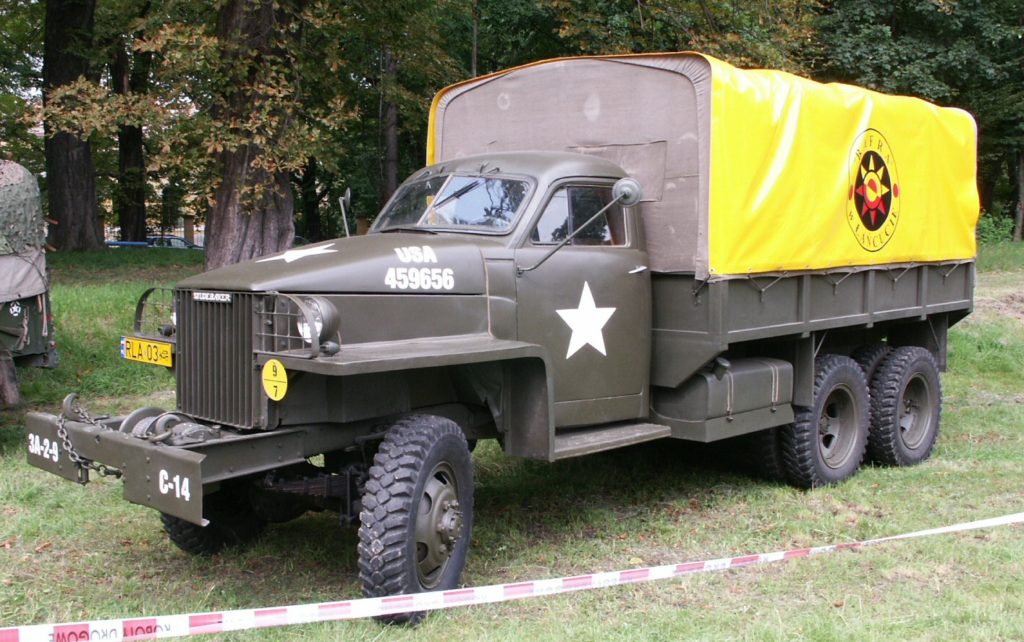
They are not very conspicuous in most war footage, movies and documentaries, usually eclipsed by sexier machines like tanks and artillery. And yet they form the backbone of every modern army, supplying their front line forces with a continuous stream of food, water, fuel, ammunition, medicines and other stuff. The more well known machines like tanks and artillery actually form just the tip of the spear. The humble trucks, that quietly work behind the scenes to make those war machines work, form the staff. In this post, I describe the vital role trucks play, how an army strives to protect them from the adversary, and how the adversary strives to attack them to try and cut vital supply lines.
Trucks Played A Vital Part In The German Blitzkrieg
World War 2 started with German forces sweeping through much of Western and Eastern Europe at lightening speed, bringing down to their knees, countries like Poland, Czechoslovakia, Belgium, The Netherlands, Denmark, and even France. Behind this stunning march across Europe was a new strategy, referred to by the west as Blitzkrieg. Blitzkrieg was centered around the notion that the attacking army should be constantly on the move, so that the adversary doesn’t get time to plan defense or retaliation, and is constantly in reactionary mode, being perused by your forces even as he retreats.
In many ways, this was the polar opposite of the trench warfare that had dominated World War 1, in which armies dug into trenches and fought along the same front line for months or even years. Trench warfare, due to its unmoving front lines, was much more predictable than Blitzkrieg and allowed the adversary to patiently plan his attack strategy. To make Blitzkrieg doable, the Germans motorized their infantry. In other words, they built armored personal carriers like the Sd.Kfz. 251 for their infantry, so that the infantry could keep up with the fast tanks during the offensive. Plus they used the Luftwaffe in combination with the Wehrmacht.
But another, less attention grabbing machine that made Blitzkrieg a reality was Opel Blitz, a series of 4×4 cargo trucks that supplied everything that the ground forces needed on the front lines. The 3 ton version of this truck was the most widely used one by the Wehrmacht throughout the war. The importance of the supply lines of these trucks during the war is seen from the fact that during the invasion of France, the Wehrmacht was constrained in its speed not by the resistance offered by the French, which it easily overcame, but by the fact that the trucks that supplied fuel and ammunition to the tanks and APCs often couldn’t keep up with them.
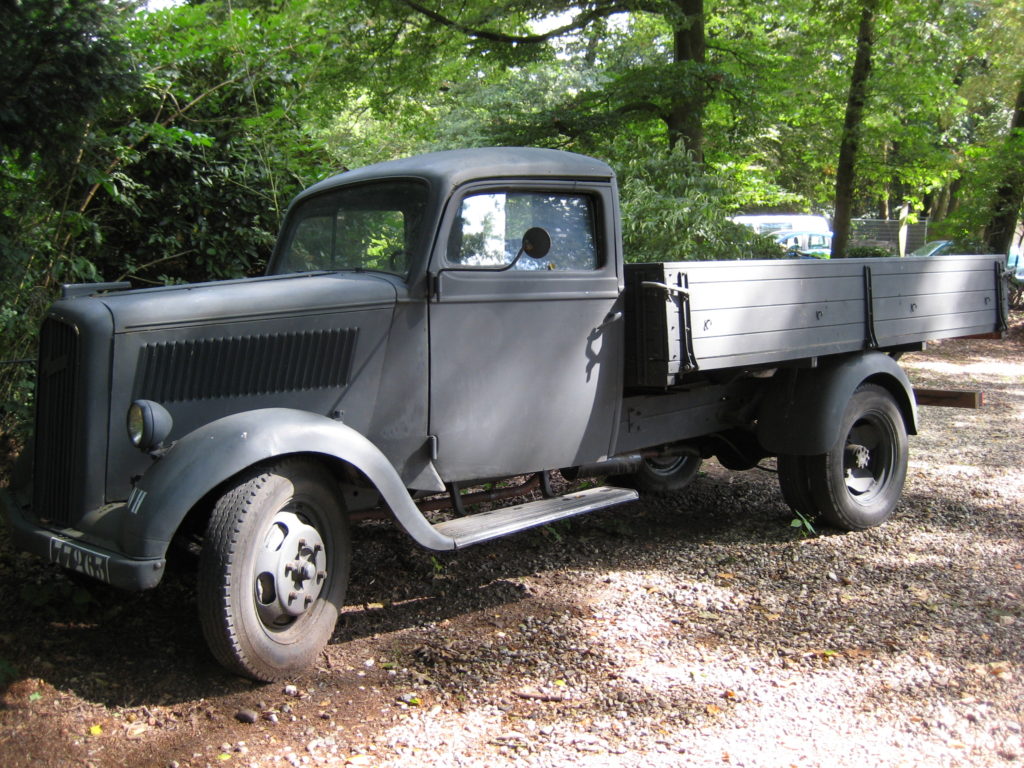
In fact, many times during the advance into France and towards Dunkirk, the German Panzer divisions had to briefly halt to cover their supply lines, lest they stretch too thin be attacked and severed by the enemy. This proved to be a good decision. The Germans didn’t just know to wait for the supply trucks to catch up with them, they also got the ratio of tanks to trucks right. When Germans later invaded the Soviet Union, a German division had 200 tanks and over 2000 trucks to keep them supplied with fuel and ammunition. A Soviet division, on the other hand, had 400 tanks but fewer supply trucks.
And as described in this documentary, the Soviets had to pay a heavy cost for this neglect of supply and support trucks. When Operation Barbarossa, the German invasion of the Soviet Union, began, a huge number of perfectly functional Soviet tanks had to be abandoned on their way to the front lines, because they didn’t have access to a steady supply of fuel and ammunition due to the dearth of supply trucks. However, the fortunes of Soviets in the war changed when another legendary truck was supplied to them on a lend lease basis by the US.
The US Studebaker Truck Turned The Tide Of The War For The Soviets
The US supplied over 16 million tons of lend lease aid to the Soviet Union during World War 2. This included tons and tons of fuel, food, garments, ammunition, and communication equipment. But perhaps the most game changing piece of equipment in this was the US6 Studebaker truck manufactured by the factories of Detroit. This was a 2 1⁄2-ton 6×6 truck, of which over 500,000 pieces were supplied to the Soviet Union.
Affectionately called the Studey by the Soviets, the Studebaker truck benefited the Soviet ground forces in two main ways. Firstly, it allowed them to stretch their supply lines to vast distances, just like the staff of a spear increases its reach. With all kinds of supplies being readily supplied by the trucks to the front lines, the Soviet forces got a massive shot in the arm in their fight against the Germans. Secondly, the trucks worked great as tractors for the vast numbers of artillery in the Soviet inventory, making artillery operations much quicker and more flexible.
In fact, later on in the war, these trucks would go on to be used even as platforms for the famed Katyusha multiple rocket system, which was the precursor to other multi barrel rocket systems used around the world, like the BM-21 Grad. The Studebaker truck, in other words, motorized vast sections of the Soviet army, including both the artillery regiments and the logistics. And this in turn, primed the Red Army to eventually adapt Blitzkrieg as a tactic and beat the Germans at their own game.
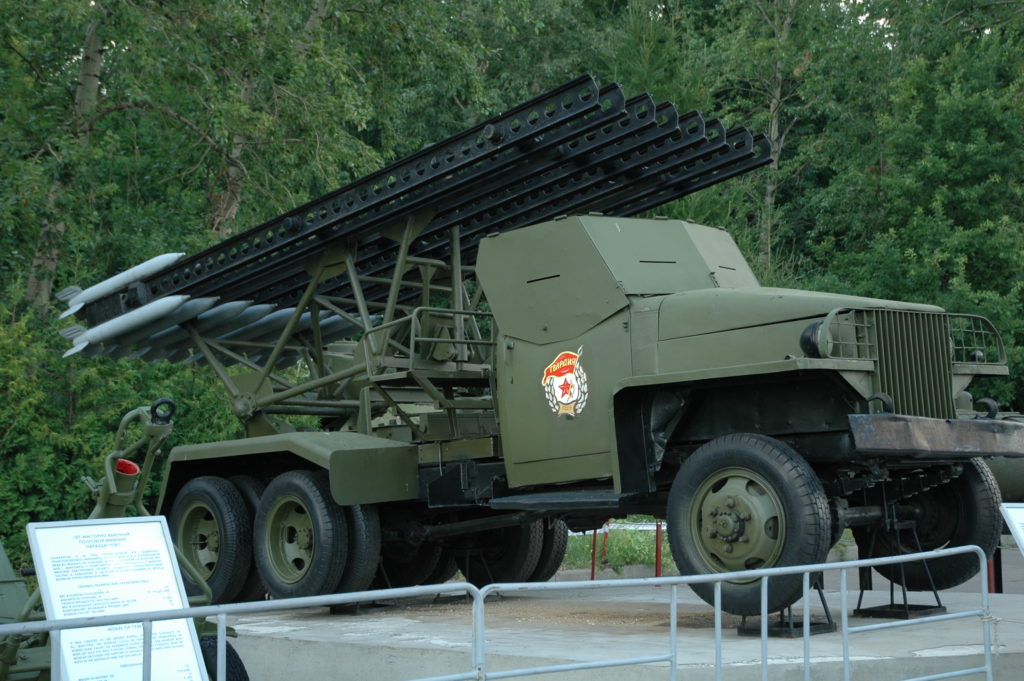
The extent to which the Soviets were enamored by the Studebaker truck can be seen in how much the Ural375 truck, that was the work horse truck of the Red army during the cold war, and also the platform on which the BM-21 Grad launcher is based, visually looks like a modernized version of the old Studebaker.
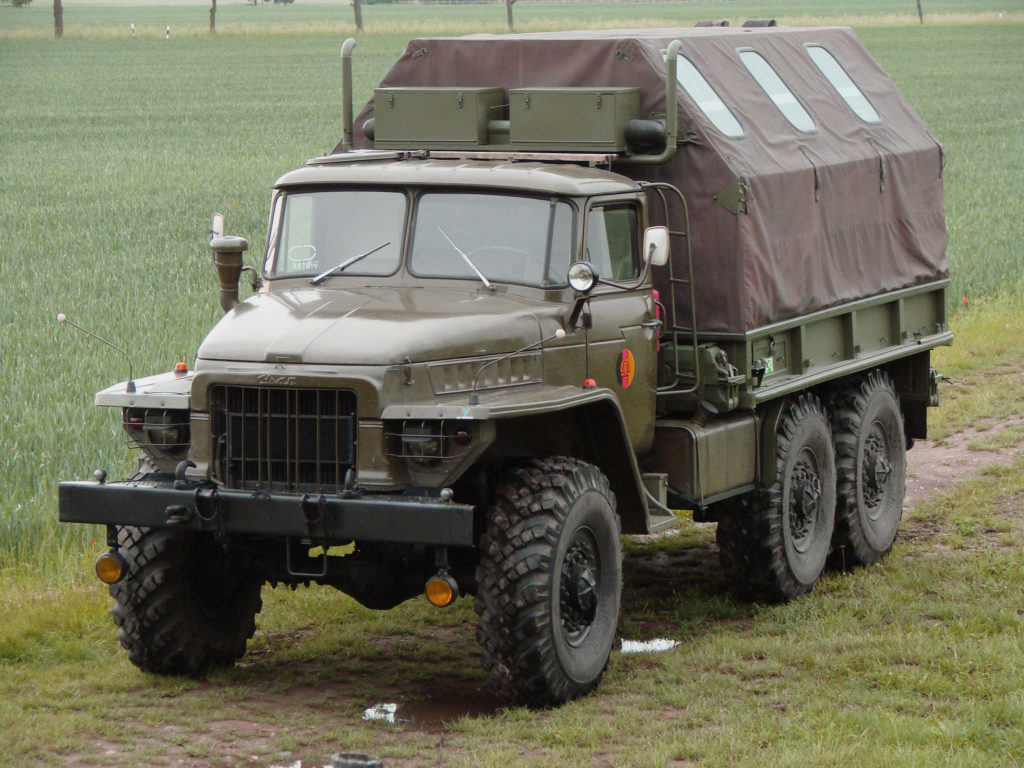
Supply Truck Convoys Are A Prime Target Of Air Interdiction Missions
Due to their vital role in keeping front line forces supplied with everything from fuel and ammunition to food, water, garments and medicine, the adversary’s air interdiction missions are often planned to disrupt these supply lines by targeting the supply truck convoys. One of the most common methods to do this is by using fighter bomber aircraft to fly behind enemy lines and attack these convoys. The ammunition of choice for such missions is cluster bombs, that spread a large number of bomblets all over the convoy. Upon exploding, these bomblets damage the vehicles by fast flying shrapnel in all directions. In the video below, an F-16 is seen dropping two of these cluster bombs.
And in the video below, Indian Jaguars and Mig-27s are seen similarly dropping cluster bombs. Jaguars and Mig-27s are the aircraft in the IAF inventory, that will be tasked with carrying out air interdiction missions during a conflict. In fact, at 0:39 mark in the video, you can actually see multiple supply trucks lined up as a target, simulating an enemy truck convoy, clearly showing that taking out supply truck convoys to cut the supply lines of the adversary will be one of the primary missions of these aircraft in a conflict.
And the photo below by Twitter user dharmic aeroplate shows a book from the 80s, whose cover depicts IAF Jaguars dropping cluster bombs on what appears to be a PLA Truck convoy in Ladakh/Tibet.
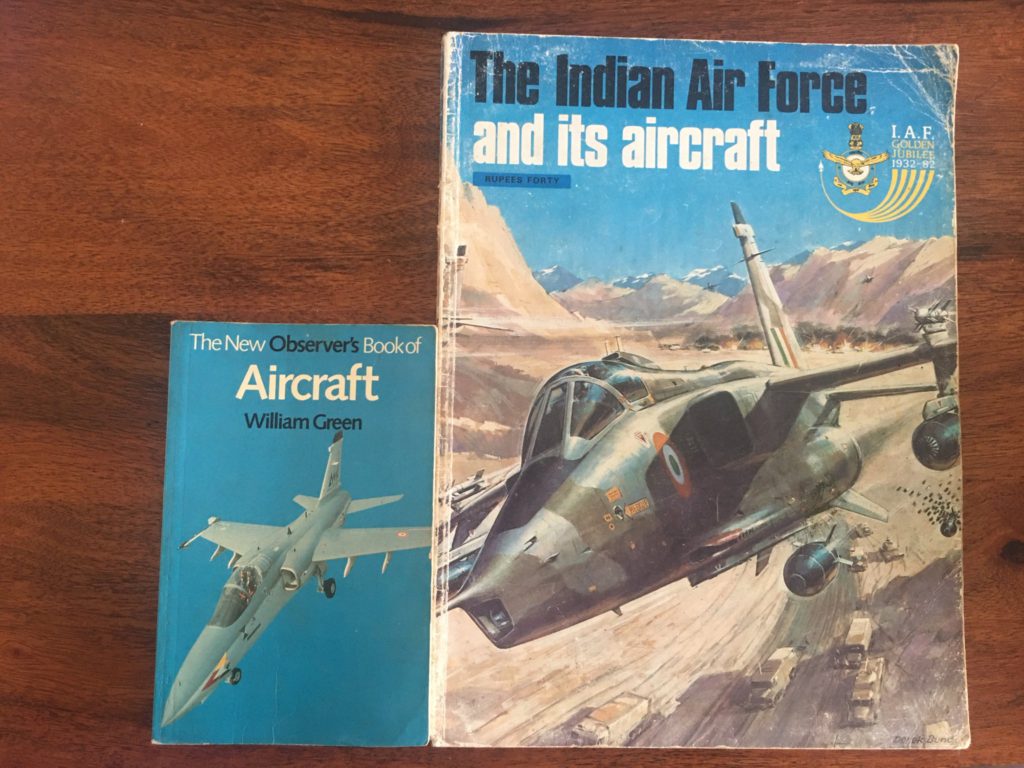
One of the more modern versions of cluster bombs, that is gradually replacing the old ones in this role, is the CBU-105 sensor fused weapon, that uses the BLU-108 smart submunition. You can see how the BLU-108 works in the video below. In fact, submunitions like BLU-108 can be used not just to attack supply truck and armored convoys using air dropped bombs like the CBU-105.
If incorporated in long range cruise missiles, they can be used to take out large number of armored or supply vehicles parked at a harbor or other staging area far away from the battle field, as described in this post of mine. In the Indian Air Force, Jaguar and BAE hawk are two aircraft that are currently configured to use the CBU-105.
Defending Truck Convoys
So how do you defend vital supply truck convoys from enemy air interdiction missions? You need air superiority. This is usually done on two levels- fighter aircraft and ground based air defense. Fighter aircraft guard your airspace against enemy aircraft that might be tasked with air interdiction missions. If this fails, then the ground based air defense systems are the next line of defense.
Ground based air defense is of two types- area defense and point defense. Area defense consists of relatively expensive, long range surface to air missile systems like the S-400 (which you can read about in this post of mine) to defend the entire general area, including the area through your supply truck convoys pass. These systems are installed at a few, chosen locations, from where they would defend the airspace over the entire area.
Point defense consists of relatively short range surface to air missiles, including shoulder launched ones (MANPADs), as well as anti aircraft artillery (AAA). These cheap, short range systems are installed not just at a few locations, but all along the path of the supply convoy. They are supposed to deal with any enemy aircraft that might manage to penetrate the area defenses and come near the supply convoy. The AAA gun that India primarily uses for this task is the ZSU-23, a 23 mm gun of Soviet origin. In the photo below from the Kargil conflict, you can see soldiers manning a ZSU-23 for defending an Indian army truck convoy on the road nearby.
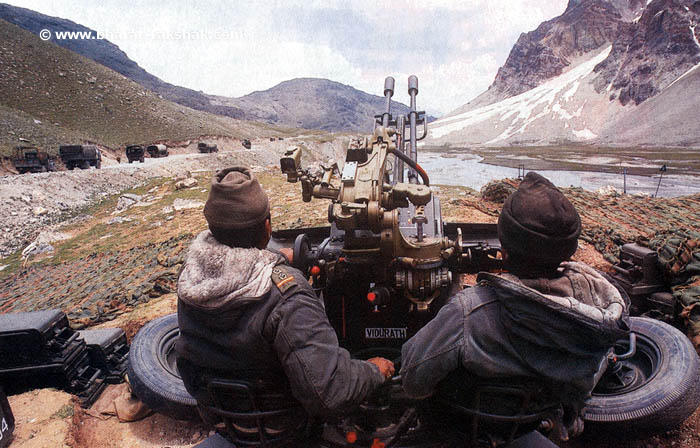
India also has the larger caliber, 40 mm Bofors gun, a weapon that has amazingly been in use around the world since the Second World War, with successive upgrades keeping it relevant in modern battlefield. But these larger caliber guns are usually used to defend fixed locations like power plants, military bases and factories. These point defense weapons, however, will be mostly useful only if the enemy aircraft is not using standoff munitions, and therefore has to come within their firing range. Moreover, even without the use of standoff munitions, the enemy aircraft can stay outside the range of these systems by dropping guided munitions from a high altitude.
The videos above of F-16s, Jaguars and Mig-27s dropping cluster bombs shows them dropping the bombs from a low altitude, because they used unguided cluster bombs that could easily miss their targets if dropped from a high altitude. Smart cluster bombs like the CBU-105, however, are precision guided and can be dropped from an altitude that is too high for MANPADs and AAA to engage. And of course, there are stand off glide bombs and cruise missiles that can be launched from beyond the range of even area defense weapons. However, they are too expensive to be used against the countless supply convoys that would need to be adressed in a conflict.
There Are Also Ways Other Than Air Interdiction To Disrupt Supply Lines
Air interdiction isn’t the only way to disrupt the adversary’s supply lines in case it isn’t feasible or is undesirable. After the US and allies managed to make a bridgehead in Normandy, the Germans launched Operation Greif, a plan to disrupt the allied supply lines using elite commandos. This involved destruction of vital bridges and sowing confusion by spreading misinformation. To spread misinformation, Germans donned US army uniforms and gave fake orders to allied supply truck convoys. They also changed road signs, removed minefield warning signs and cordoned off functional roads using fake minefield warning signs.
This operation didn’t meet with much success. But it goes to show the importance given to interdiction of supply lines by the enemy. In modern context, while such operations would still be relevant, they will likely be eclipsed by interdiction of supply lines through cyber warfare. This is because just like pretty much every thing else, modern military logistics are also dependent on networking. In fact even during Operation Desert storm in 1991, well before the age of the internet arrived, many logistical supplies ended up at the wrong places due to confusion. The confusion a cyber disinformation campaign could trigger in the logistics, could therefore be immense.
Trucks Of The Indian Army

Indian Army operates a variety of trucks for diferent purposes. The workhorse truck of the Indian Army is the Ashok Leyland Stallion, a 4×4 truck of which the Indian army operates over 60,000 pieces. But these trucks are used mostly for supply of essentials to the front lines. For specialized tasks, the Indian Army operates different variants of the Tatra truck, which is of Czech origin and is manufactured in India, and comes in 6×6 and 8×8 variants.
These Tatra trucks are used as platforms for a diverse array of equipment like radars, including Revathi, Rajendra, Indra and Swathi (pictured below); Samyukta electronic warfare system; Pinaka multibarrel rocket launchers; Brahmos TELs (described in this post of mine); TELs of ballistic missiles like Prahaar, Prithvi, Shaurya and Pralay; recovery vehicles; Sarvatra mobile bridging system; CL70 mat ground surfacing system, among others.
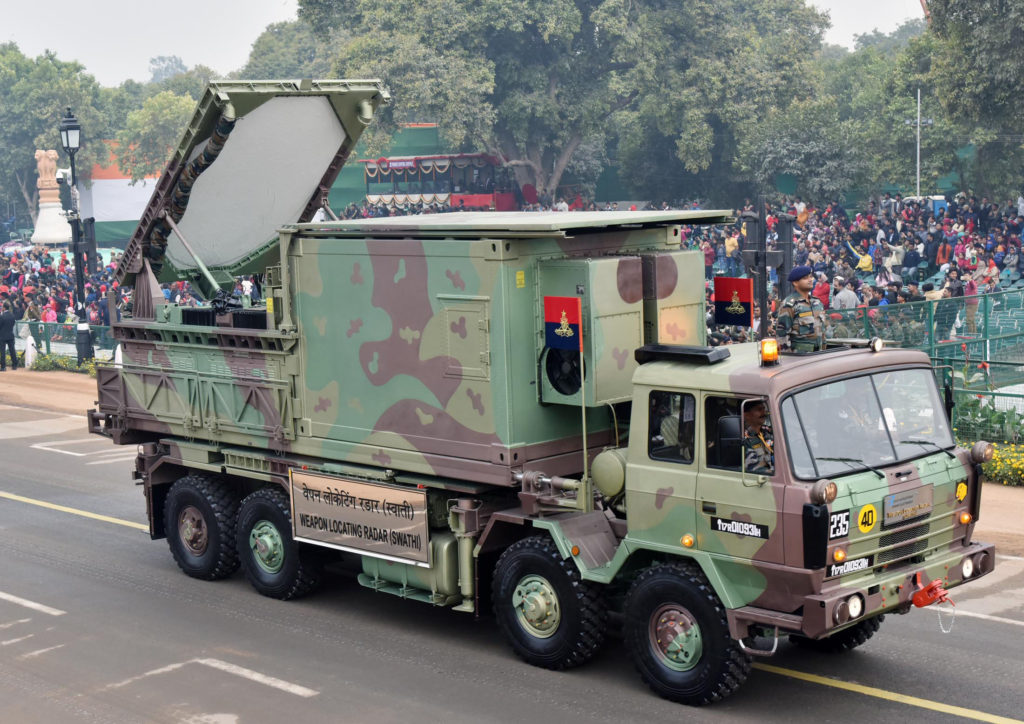
Another 6×6 truck gradually being inducted into the Indian Army is the Tata LPTA 2038. This newer truck is expected to gradually replace the older Tatra trucks going forward, in all the various roles they are used in.
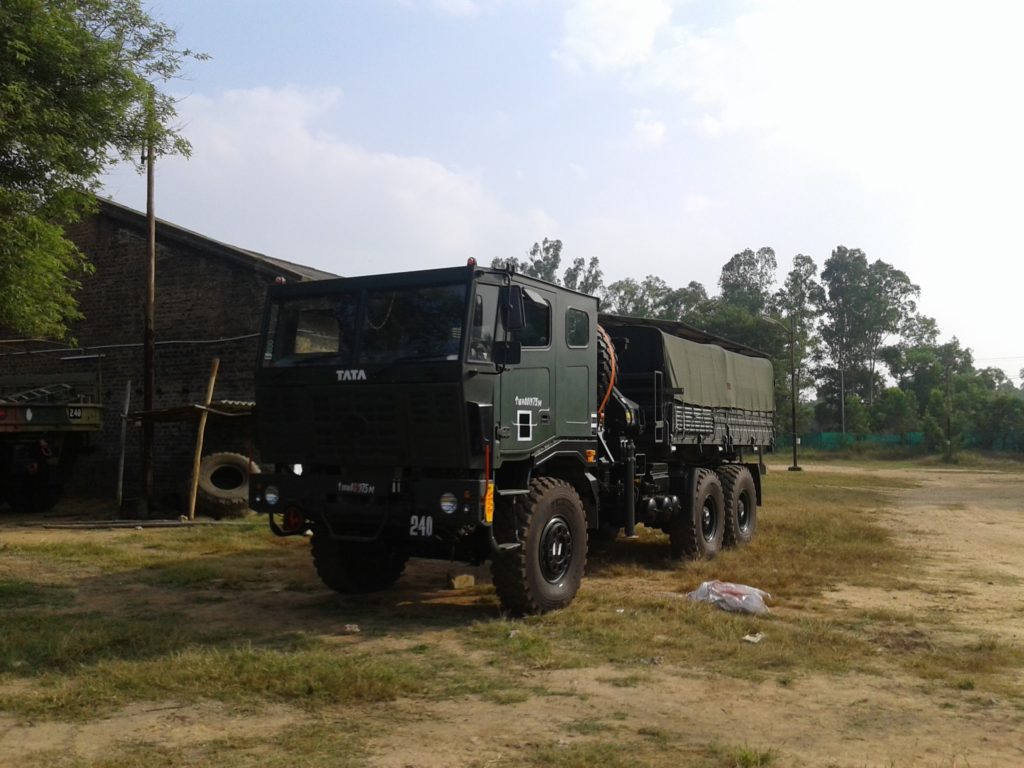
Conclusion
Trucks are, and always will be, a vital part of any army’s war plan. Without them, none of the front line forces would be able to sustain for long. The importance of supply lines and the machines that run them is succinctly summarized in the following quote by ―General Walter Bedell Smith, Chief of Staff, Supreme HQ Allied Expeditionary Force: “It is no great matter to change tactical plans in a hurry and to send troops off in new directions. But adjusting supply plans to the altered tactical scheme is far more difficult”.
And I’ll finish this post with the video below, of a massive convoy of the Ashok Leyland Stallion trucks of Indian Army, reinforcing the Indian Forces facing the Chinese in Ladakh during the ongoing tensions. As they say, a picture’s worth a thousand words.
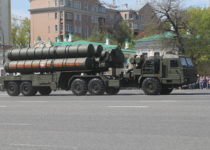
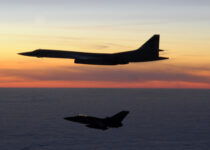
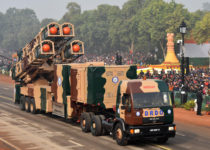
Como se llamo esto i am from SPAIN.
I registered a lot time ago. Can i see this web without adblocer?
thanks )
Hi killvutle. Please consider viewing this site without adblocker if you like the content, as ads help me financially support this site.